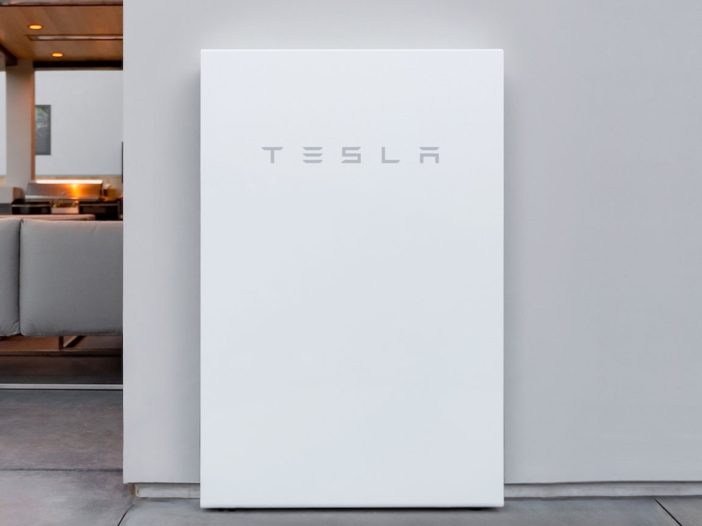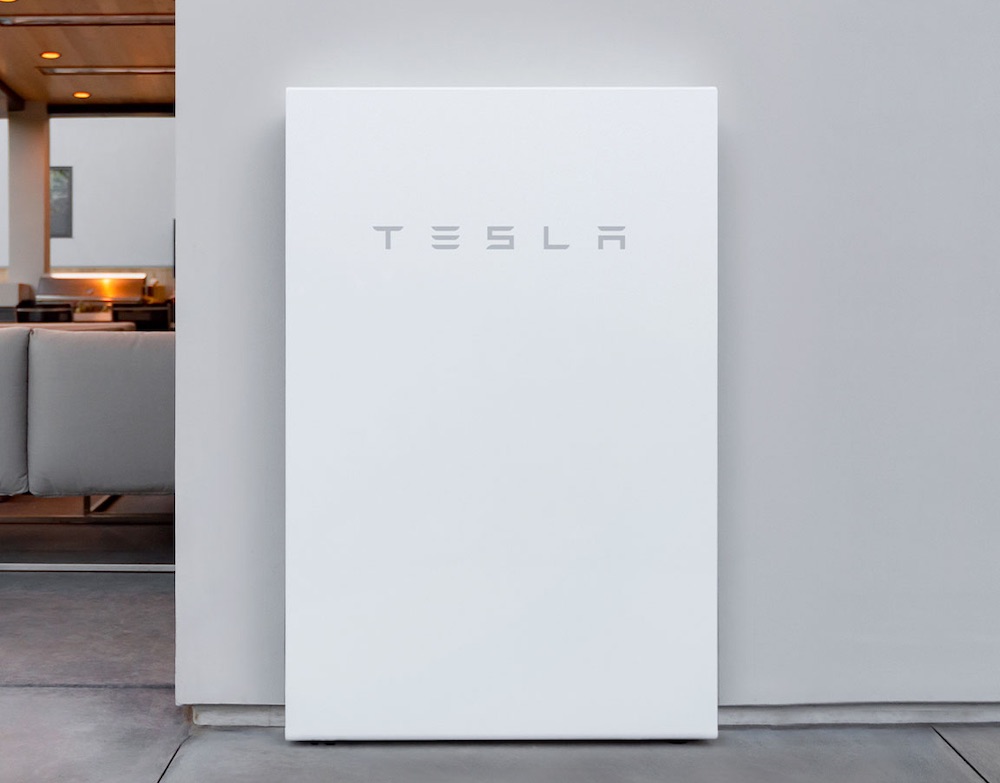
Australian retailers and installers of home battery storage got some unsettling news this week, after US-based giant Tesla sent out an alert warning that the Clean Energy Council certification for its Powerwall inverter had temporarily expired.
“AS 4777.2.2020 certification for Tesla Powerwall will expire as of COB 22nd August 2022,” says an email notification shared with One Step Off The Grid. “We are working closely with the CEC to get this rectified ASAP.
“Please check with your local DNSPs for compliance on any upcoming or planned installations. We apologise for any inconvenience and will keep you updated as we progress working with the CEC.”
But why and how has this happened?
Neither Tesla nor the CEC were able to provide any more details on the situation, but from what One Step has been able to gather, some sort of minor lapse in admin is to blame and it should be fixed up any day now.
Coincidentally – and One Step Off The Grid is in no way suggesting this is related to Tesla’s predicament – industry had flagged concerns about “bottlenecks and possible delays for re-listing products with the CEC” following last year’s introduction of new inverter requirements.
The new standard AS/NZS 4777.2:2020 came into effect in December 2021, making it mandatory for all new inverters connecting to the national grid to have an undervoltage disturbance ride-through capability, to ensure household energy systems don’t ‘trip’ or disconnect when there are voltage disturbances on the network.
As the CEC itself conceded mid-way through 2021, 95% of then CEC-listed inverters were expected to be affected by the changes to the standard, representing just over 1200 model numbers.
This led to concerns that not all the affected models would be able to get their certification updated in time – a process that requires applications, a lot of paperwork, and highly specialised lab testing.
“I think it’ll take the CEC about 10 weeks or so to cover all these products,” said James Sturch, the technical director RoW (rest of world) at SolarEdge, back in May of last year.
“Then the labs might not have the capacity, they might have a 10-20 week lead time. There are only about 20 labs globally that can do this.”
The CEC’s Thornton had also agreed that there was a potential for bottlenecks across the entire process and said this was why it had been “actively communicating” the importance of prioritising the process to industry for months ahead of the change.

Sophie is editor of One Step Off The Grid and deputy editor of its sister site, Renew Economy. Sophie has been writing about clean energy for more than a decade.




